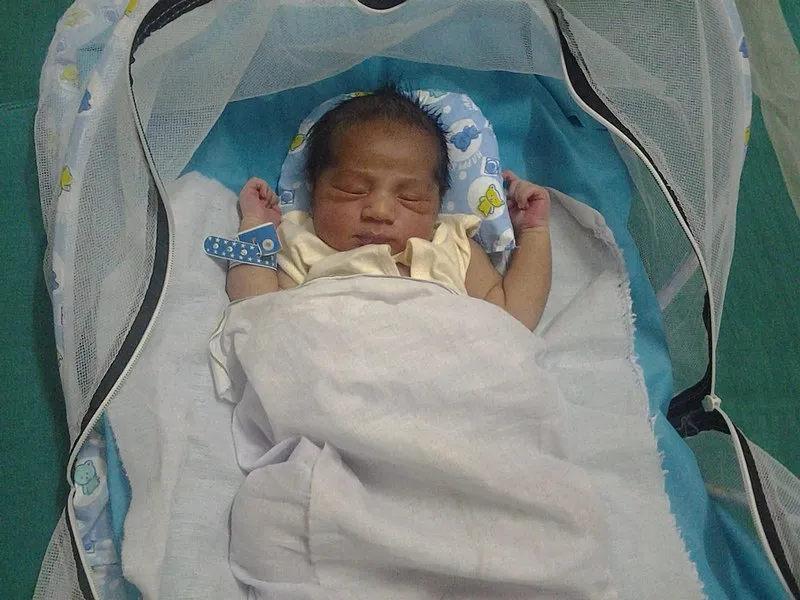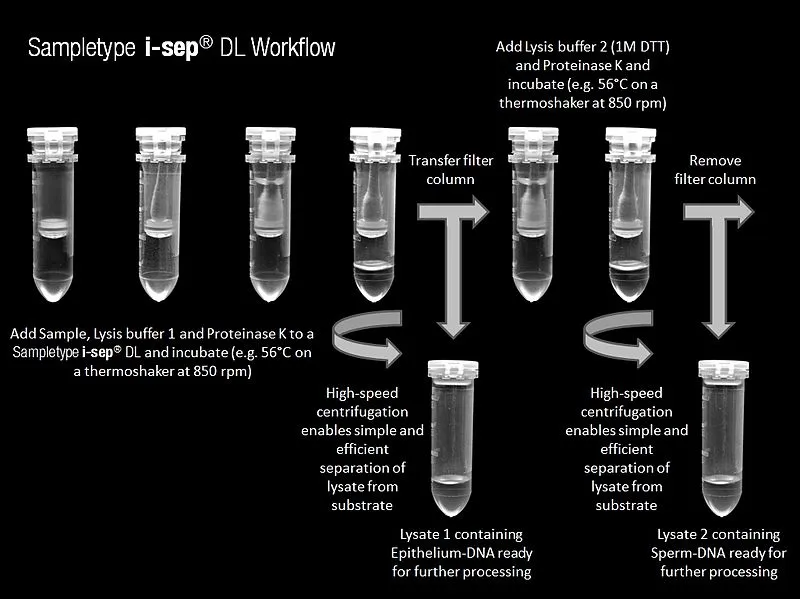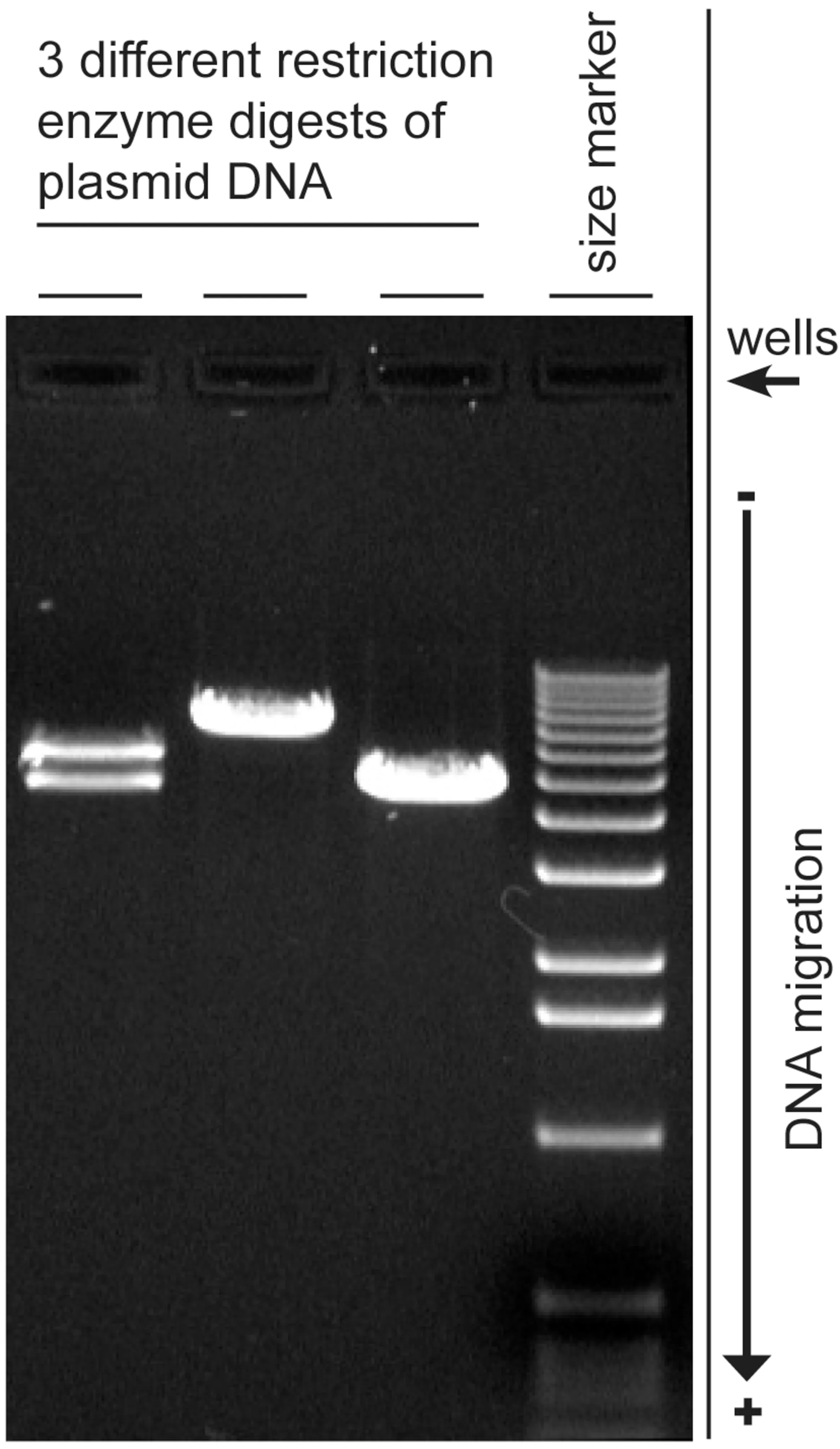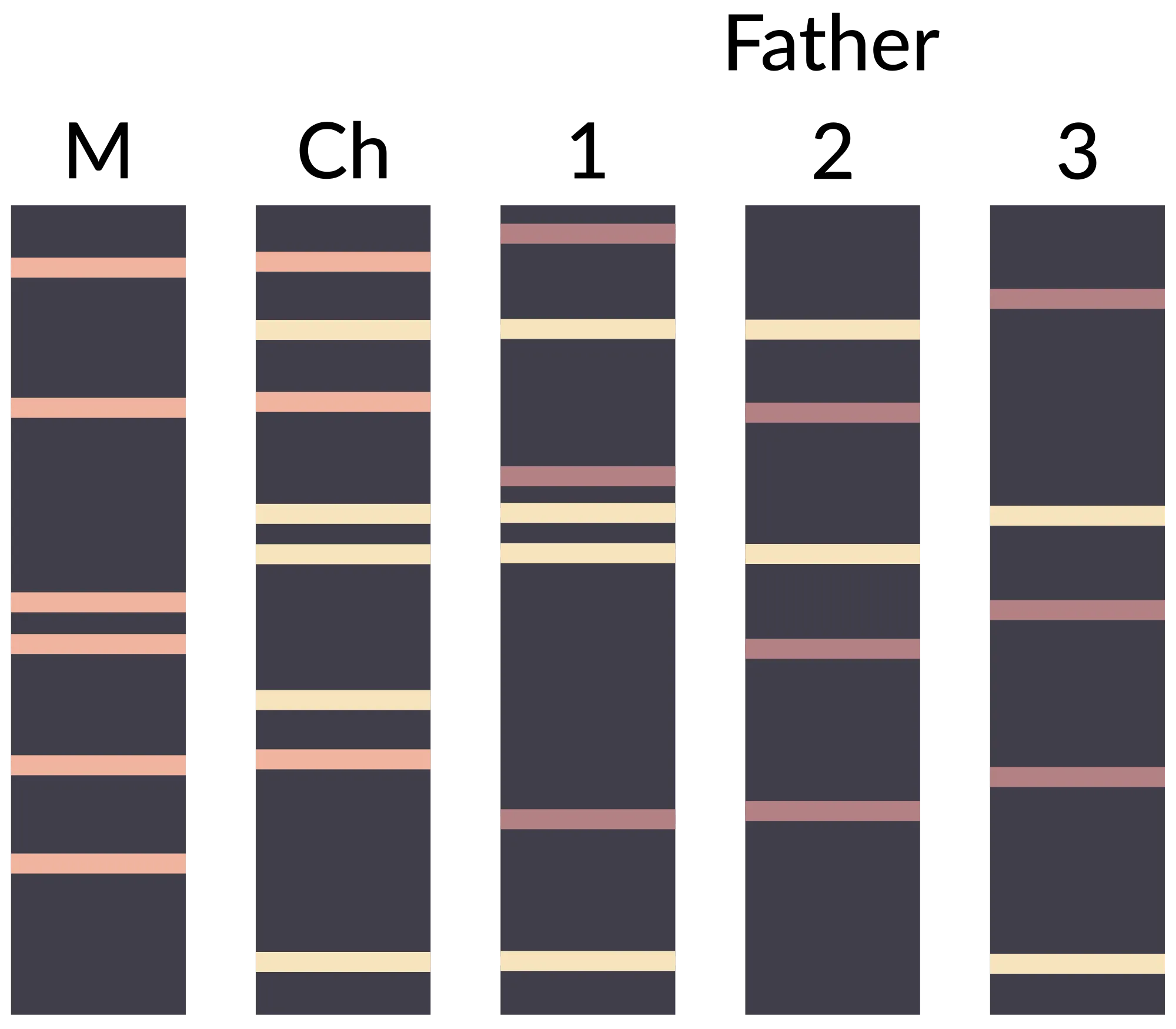Have you ever witnessed a case of paternal/maternal dispute between couples? If you have, then you would agree with me that it can be emotionally devastating. Imagine having to raise kids for years only to discover that the child was never yours.
I am moved to write on this topic after reading and listening to the stories of some couples that have fallen victim of child theft and swap in the hospital. Reading this article will help you understand the importance and benefits of going for paternity test as a man and maternity testing as a woman.
We have so far underated this test for a long time now, but with rising cases of court cases related paternity, it simply means that people still engage child theft, infidelity and false adoption of people's baby. It's time we get things right when in doubt.
Mere looking at your child, you are expected to see the resemblance with you. At that moment when you are not sure and have doubts, going for genetic testing can always help clear the air (this is in situations where you don't really trust your partner and maybe you suspect he or she is cheating on you). There is is no point living in doubt, the DNA of the child will clear the doubt. Let's go deeper!
Handling Paternity dispute
The word paternity simply means the state of being someone's father. Paternity dispute is the most common issue surrounding cases related to queries about who the true father of a child is. Having confidence about the true paternity of a child as a man, is better than having doubts.
Just like I earlier pointed out, a mere look at your grown child, you can easily tell if you are the biological father. It is very difficult to correctly predict who a newly born resembles - the father or the mother. Sometimes your guess might be right but most times it is wrong.
Why it may seem difficult to accurate guess who the baby resemble is that, at birth, newborn babies do not fully express all the inherited body physical markers. They are only able to develop and express some of the markers later in life and through these unique markers, it will easier to tell who the baby really took after.
The ability to clearly identify humans lies on the genotypic and phenotypic expression of the genes inherited from both parents. The genotype represent all the genes inherited while the ability of the baby to express all the genes is associated with phenotype. In a nutshell, the phenotype are those physical or observable traits, you can see in a person. E.g skin colour, height, head shape etc.
Phenotypic expression of inherited genes in most cases are slow to be expressed. You cannot determine if a child will be tall or short immediately after birth. Every individual have unique genetic makeup and this is what makes us different from others. The chances are their that individuals may look alike but certainly can never have exact same genes.
Even identical twins despite the fact they are products of a single egg that split during or after fertilization by a single sperm, still do not have identical genes. No doubt, they share alot of their genes but research has shown that there are a significant amount of genetic differences between them. Simple way to know is through their fingerprints.
Simple experiment
A mobile phone with a finger print enabled lock owned by twin A cannot be unlocked by twin B and vice versa. Give this little experiment a try and you will be amazed.
They are not exactly the same because of some genetic changes within them during development. If they were of the same genetic make up, then, it would have negated the mendelian laws of genetic inheritance.
No matter how humans and even identical twins may look, there still exist significant differences amongst us all. One of the very reasons even twins will always have some genetic differences is the existence of Single nucleotide polymorphism (a single nucleotide difference amongst individuals).
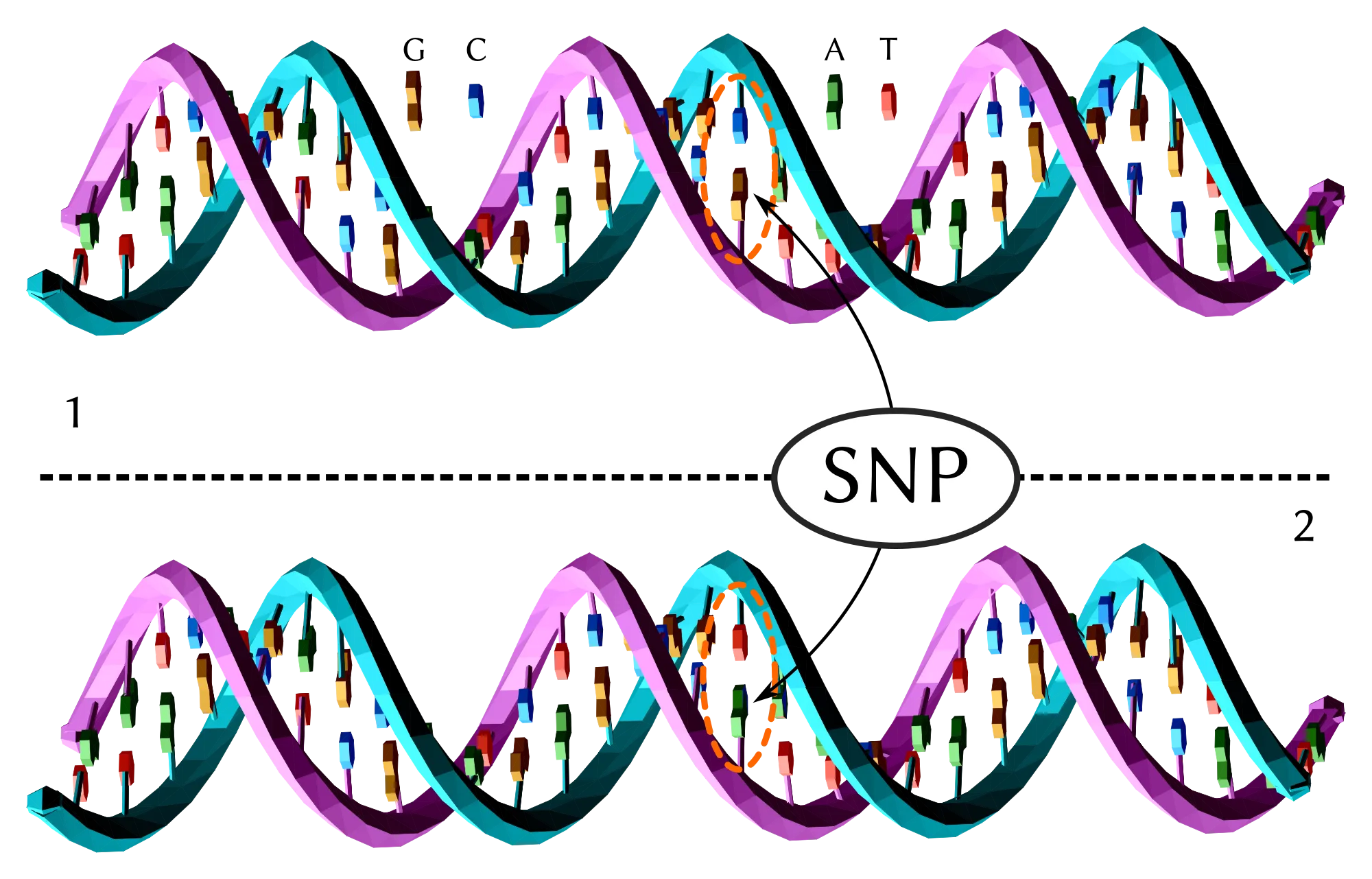 Single nucleotide polymorphism
Single nucleotide polymorphism
Single nucleotide polymorphism in individuals can tell and even help predict how people respond to drugs and treatment. This phenomenon is taken advantage of in personalized medicine and can help tailor the need of a patient since we already have an idea of the individual's unique genetic makeup. Note that, nucleotide polymorphism is not a mutation, it only exist to make us different from one another.
Back to our discussion... Babies will only express physically in full, all the inherited genes from their parents as they mature. Since phenotype may not give an immediate answer to our query, genes can, because they are always inherited and they are the basis of life.
A baby that is born to any couple must always bear half of each of the parents DNA (the consistent law of inheritance as propounded by Gregor Mendel). In any case the baby does not bear any of the father's DNA, then, the chances are high that the man is not the father of the baby.
It is on this principle that paternity testing is done. The child's genetic make up is contributed equally by both parents and so has both the genes of the father and the mother.
How paternity testing is done
Paternity testing using the DNA of both the baby and the father, is the easier way to determine the true biological father of a baby whose paternity is in dispute. The procedure will only require much professional experience in molecular genetics.
The very first step to paternity testing is to collect (in no particular order) the DNA sample of both the baby and that of the father. Most times, the sample used for the procedure can come from the hair, blood. Even the finger nails can be used to paternity testing, reason being that, every cells, tissue and organs in/on the body has the DNA.
Note that, there are various means of getting the DNA sample of the child as they maybe invasive or non invasive. Invasive means are usually methodology that requires penetration of the baby's body to get a tissue biopsy. The non invasive are the ones I highlighted earlier (fingernails, hairs, etc) and they do not involve any penetration. Aside the samples above, the most commonly used is the buccal cell samples.
The simple way it is done is by scrapping the inner wall of mouth using buccal swab.
Most times, the nuclear DNA (DNA derived from the nucleus of the cell in use) is used because that's where the genetic information are stored. This however does not mean that the DNA is only housed within the nucleus. It could also be housed in the mitochondria (the energy generating center of most cells) and for this reason, it is referred to as mitochondria DNA. Lastly, the plasmid DNA is also a type that can be used.
Mitochondria DNA is usually not used for paternity testing, we will look into this in details when we discuss maternity testing.
DNA extraction process
The DNA extraction process actually has four stages. The Nucleic acid extraction is the very first stage just as we explained above. At this stage, the major thing done is to extract the DNA from the nucleus since it is virtually in all cells.
After it's extraction, it is then purified to remove debris and all form of impurities. The impurities can be some organic compounds and molecules that are inhibitors (e.g haemoglobin, dyes etc.) in nature.
Inhibitors have the power to inhibit subsequent reaction process if they are not removed. After extraction, what follows next is the Quantitation of the DNA extracted. You might want to ask, why? The reason is that, there is need to be absolutely sure of the nature of the Nucleic acid extracted. We need to be sure it is truly of human origin and nor of an animal. It is at this point we also check the quality and quantity of the DNA sample. The next stage after this, is the DNA Amplification stage
This amplification stage is a aimed at creating duplicate copies of the Nucleic acid extracted in a bid to increase its quantity. This process is done through a process known as the polymerase chain reaction, PCR. This process helps in producing millions of copies of the extracted nucleic acid. One of the very importance of this stage is in forensic investigations.
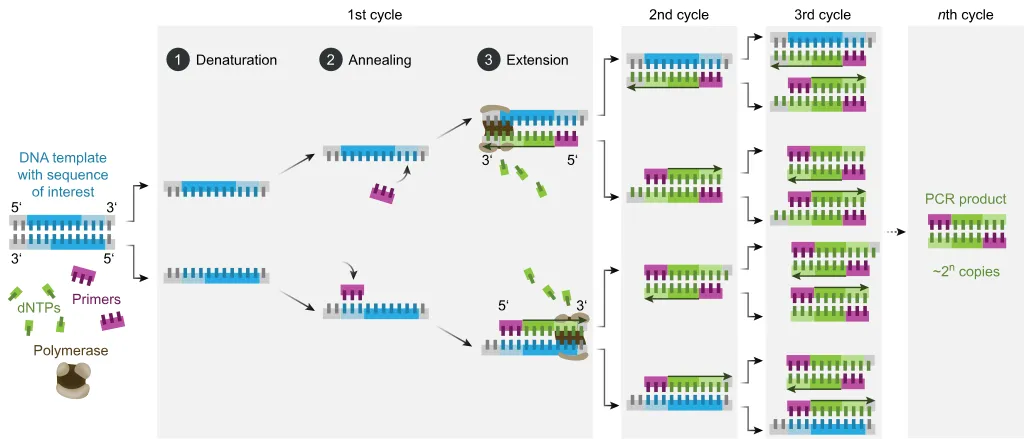 Polymerase chain reaction sequences
Polymerase chain reaction sequences
Most times, the amount of DNA sample collected at crime site can very minute and hence, may not be adequate from investigation. With amplification, enough amount of the the particular nucleic acid sequence of choice can be amplified. Now that we have gotten enough quantity of the nucleic acid needed, next we have to do is to separate them accordingly and this is done through a process known as Capillary electrophoresis.
The capillary electrophoresis is aimed at separating the DNA fragments from each other since they are mixed up. By nature, DNA is negatively charged and from what physics tells us, like charges repel each other while unlike charges attract. Based on this principle, since DNA is negatively charged, it is attracted towards the positive pole (the anode) under the influence of an electric charge.
Through the separation, the DNA fragments are arranged based on their sizes and by virtue of this, it is expected that the ones with smaller sizes will migrate faster than those that are heavier and bigger in size. So the arrangements would be from the lighter to the heaviest DNA fragments. Note that the separation of these DNA fragments happens when they pass through a tiny capillary containing gel polymers.
The sequential arrangement of the data are then captured, processed and consequently the DNA profile of the sample is developed. This is simply how we generate DNA profile of any human or living organisms.
Now that the DNA profile of the individual is separated, how then can we determine who the child rightly belongs to? It's quite simple, both DNA profile are compared with each other to observe the similarities in the arrangements of the DNA fragments. Provided the baby is the man's child, there should be some level of similarities between both profiles. The degree of relatedness should be high enough to confidently assert paternity.
Interpretation of DNA paternity test results is usually expressed as probability of percentage. When the degree of relatedness is up to 99.9%, then the supposed man is the real biological father of the child while if it is zero, then it simply means that the man is not the biological father of the child.
Maternity testing
As paternity testing relates to finding out the true father of a child, maternity testing relates to finding the true mother of a child. It follows the similar pattern of paternity testing and their is not much of a difference between it and paternity testing.
In as much as paternity and maternity testing have similarities, the second difference besides being for checking the real mother of a baby is that, the type of DNA used is the mitochondria DNA. Why this is so is because, mitochondrial DNA can only be gotten from the mother of the baby and it is usually intact without any rearrangement of any kind. Using the mitochondrial DNA saves you a whole lot of stress than using the nuclear DNA.
To what extent is the reliability of paternity/maternity testing?
In as much as both genetic test are the most advanced method of determining the biological father and mother of child, it has its shortcomings and to a greater extent, limitations that could render the results invalid.
For emphasis sake, genetic testing are never hundred percent accurate due to some rare variation that exists in some individuals. The existence of Chimeras and mosaic are two of the major limitations to the validity of a paternity/maternity results.
It is a known fact that as humans, we all have unique different set of genes that determine our inheritance pattern. In some rare occasion, some individuals could have have two or more different set of genes as against unique single genes. This condition is referred to as chimerism.
Running a genetic profile testing on individuals with chimera can be misleading because of the presence of the two set of genes instead of one. The chances are high that, the genes that will be profiled might be different from that to the child by the father. This result of this is probability percent of zero (false negative).
In a nutshell, in chimerism, there is an existences of atleast two genotypes from a single individual, usually formed from two or more zygotes fused to form a single embryo. When you do the DNA profile of such individuals, they may turn out negative for that particular gene you are intending to compare. Though rare like we earlier said because it does not always happen.
Mosaicism on the other hand is also similar with chimerism but the major difference lies in the etiology and cause. While chimerism occurs naturally and begins with two different genome, mosaicism is caused by a mutation (alterations in the genes) leading to abnormal gene sequence and it also begins with only one genome.
Mosaicism denotes the presence of two or more populations of cells with different genotypes in one individual who has developed from a single fertilized egg whereas chimerism denotes the presence of two or more genotypes arises from the fusion of more than one fertilized zygote in the early stages of embryonic development.
These two conditions can affect the genetic results for paternity or maternity testing and for some of this reasons (not limited to), genetic testing are never hundred percent accurate all the time.
As a side note, paternity dispute can also arise from child theft in hospitals. There have been cases of recorded child theft in some hospitals. It is easier to confuse your child or even not recognize your baby once after birth because of what we earlier explained in the beginning of this article.
Because of the above, newborns are usually given unique tag for easy identification. This act will simply help identify and know who the real owner of a baby is. Failure to do this, can lead to paternity/maternity dispute.
In conclusion, genetic testing has a huge role to play when it comes to finding out the real biological parents of a child. Even in the womb, a developing fetus sample cab be collected for genetic testing. This procedure is called chorionic villus sampling. So in essence, the baby doesn't have to be born before the genetic testing can be done.
As a precautionary measure, ensure your baby is tagged especially if you delivered in a maternity ward that has a larger number of babies. Someone who legitimately gave birth to a deformed baby can swap your baby for hers. But with the tag, this evil act is a near impossibility.
Baby swapping still happens, be conscious and vigilant. You cannot legitimately prove the paternity/maternity if a newborn without genetic backings. As they would always say, prevention is better than cure. Claiming back a swapped baby might be very difficult, it is better it doesn't even happen at all.
Whenever in doubt, go for genetic testing!
Until I come your way, stay awesome.
References
•What are the procedures of paternity and maternity testing? Are they 100% correct •What is a DNA maternity test •Chimera •Mosaicism and chimerism
Return from Handling paternity and maternity dispute: the role of genetic testing and baby tagging to cyprianj's Web3 Blog

